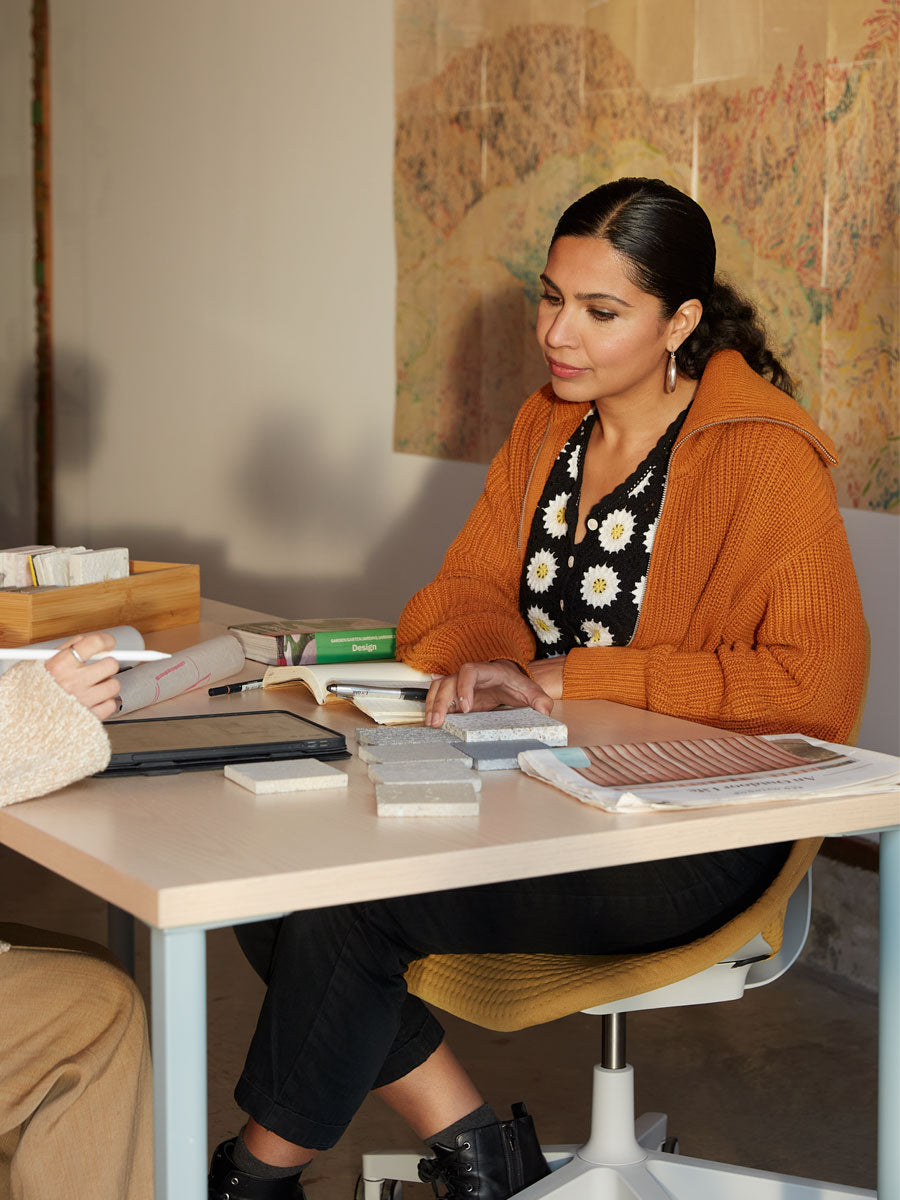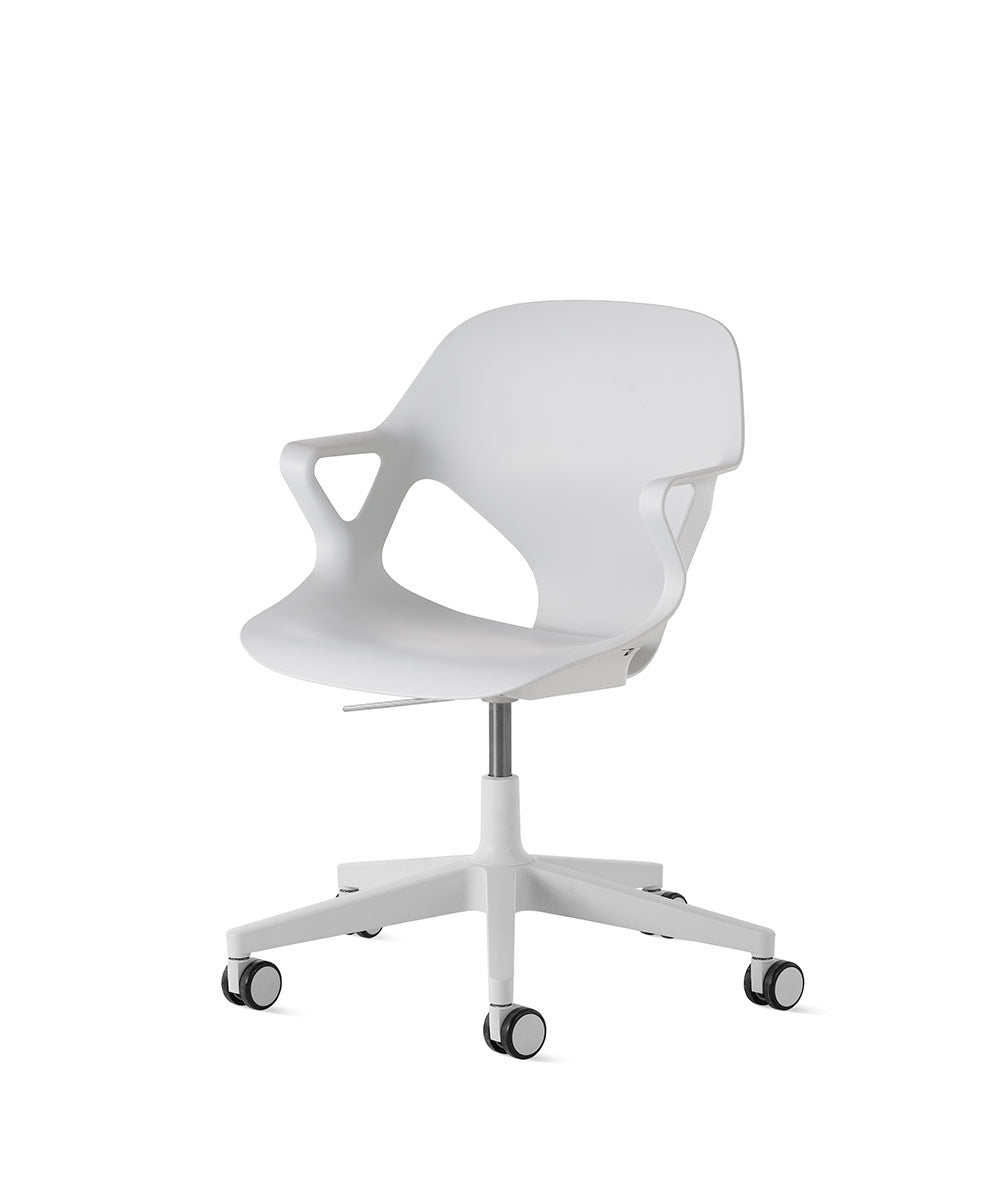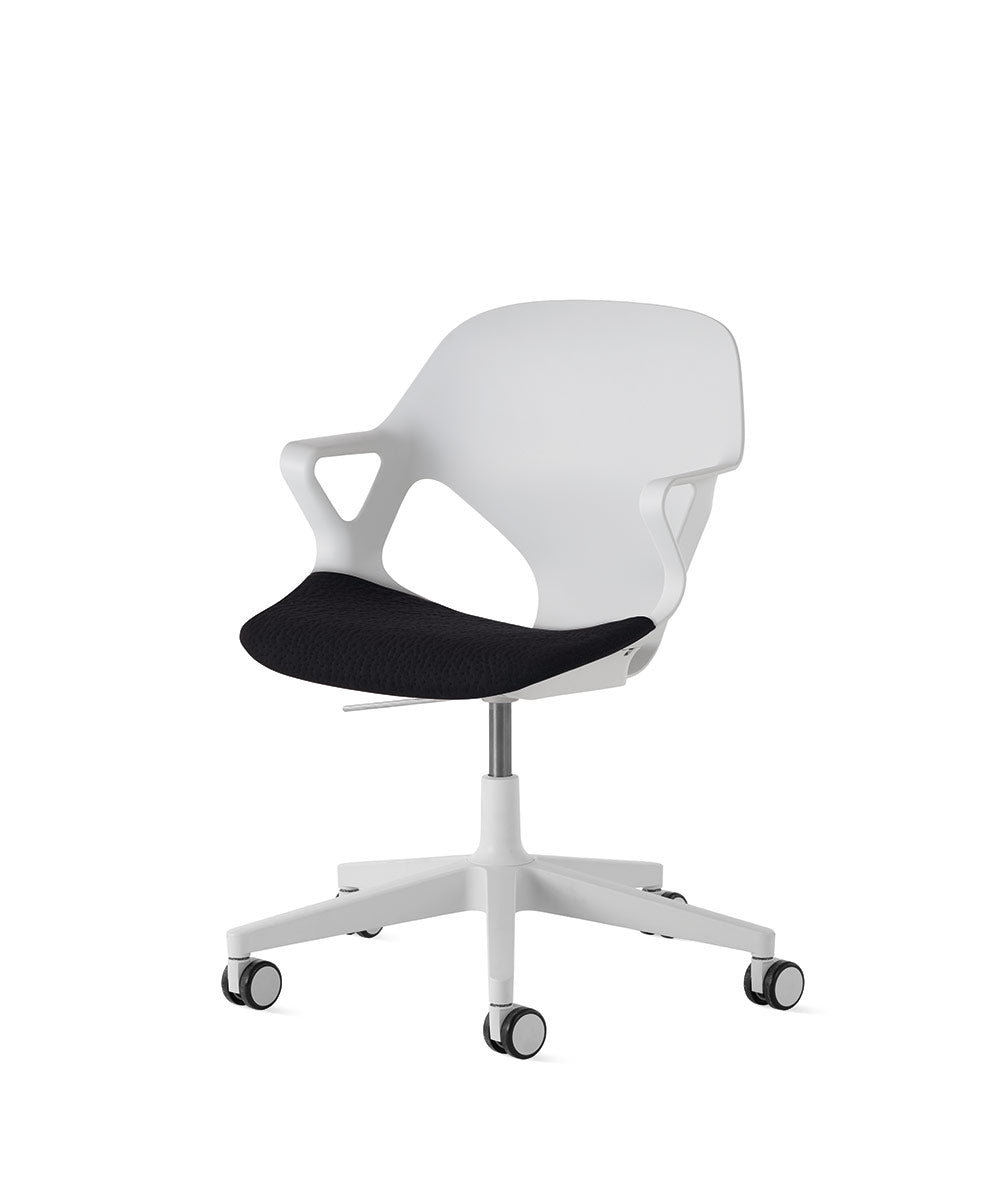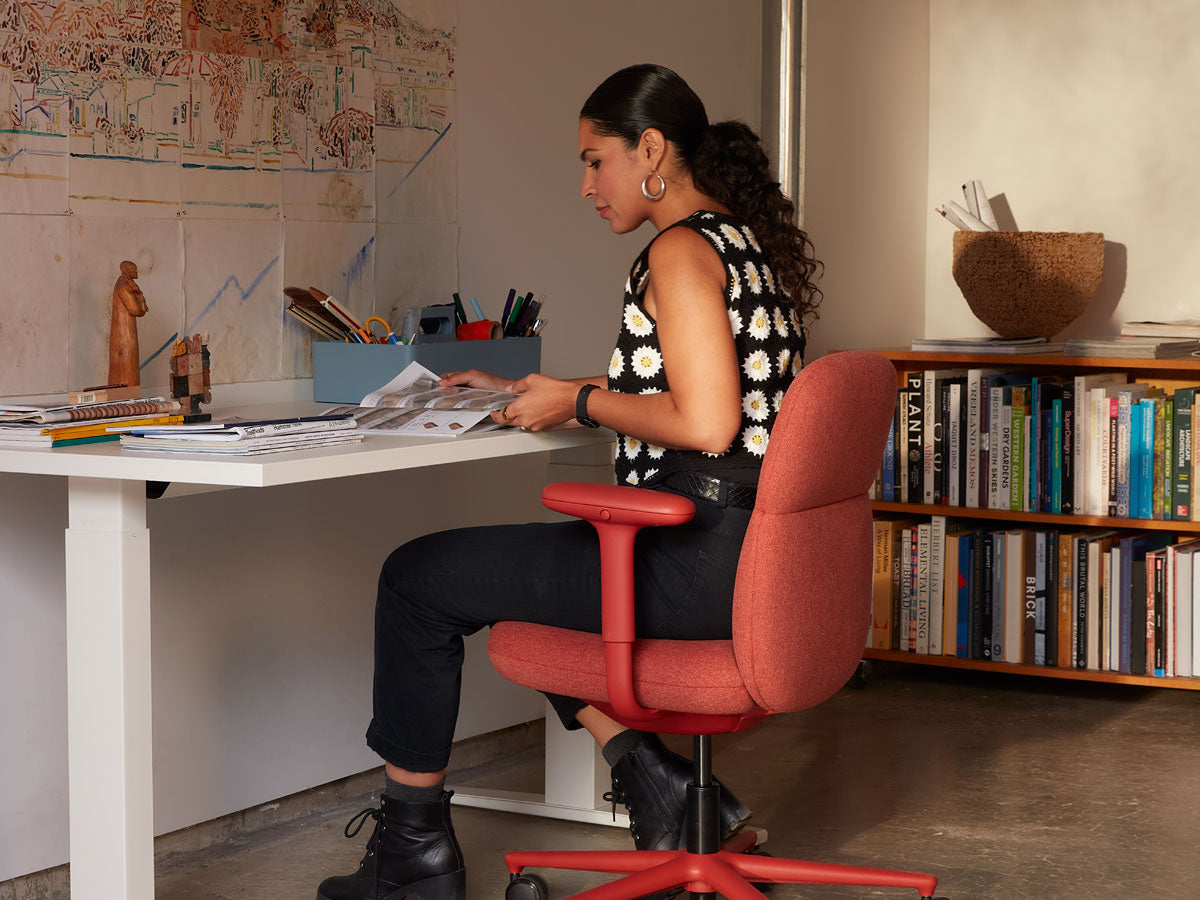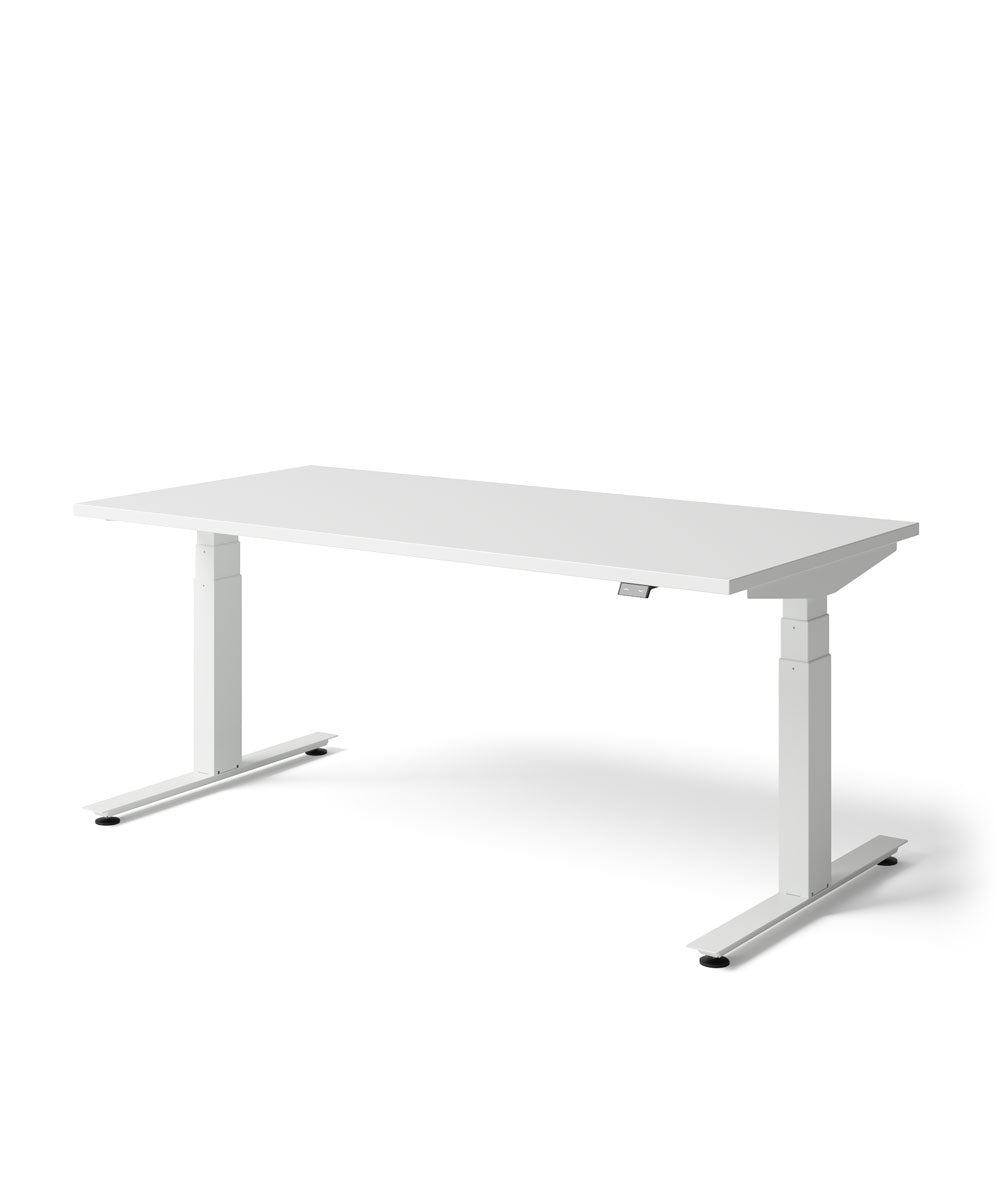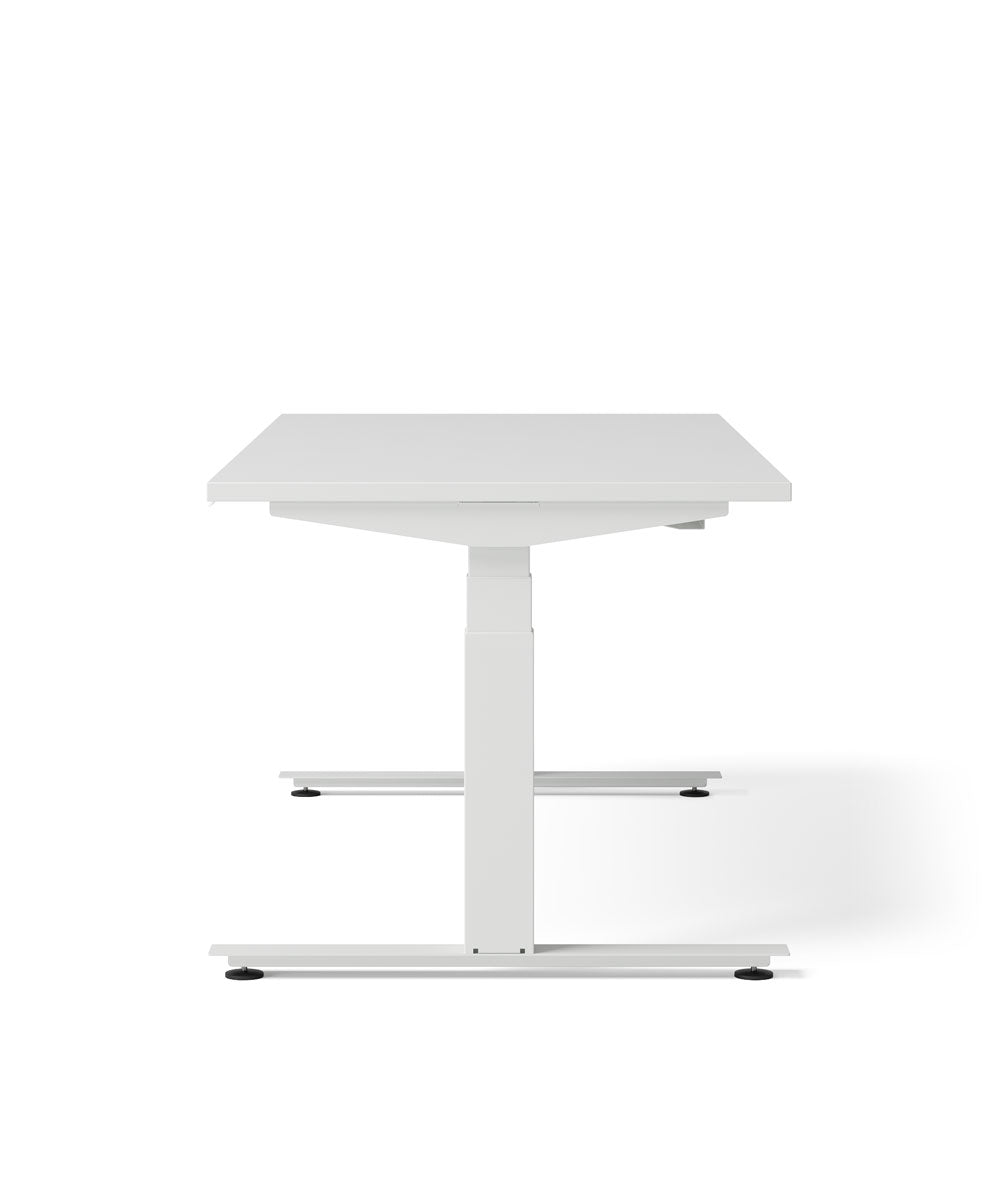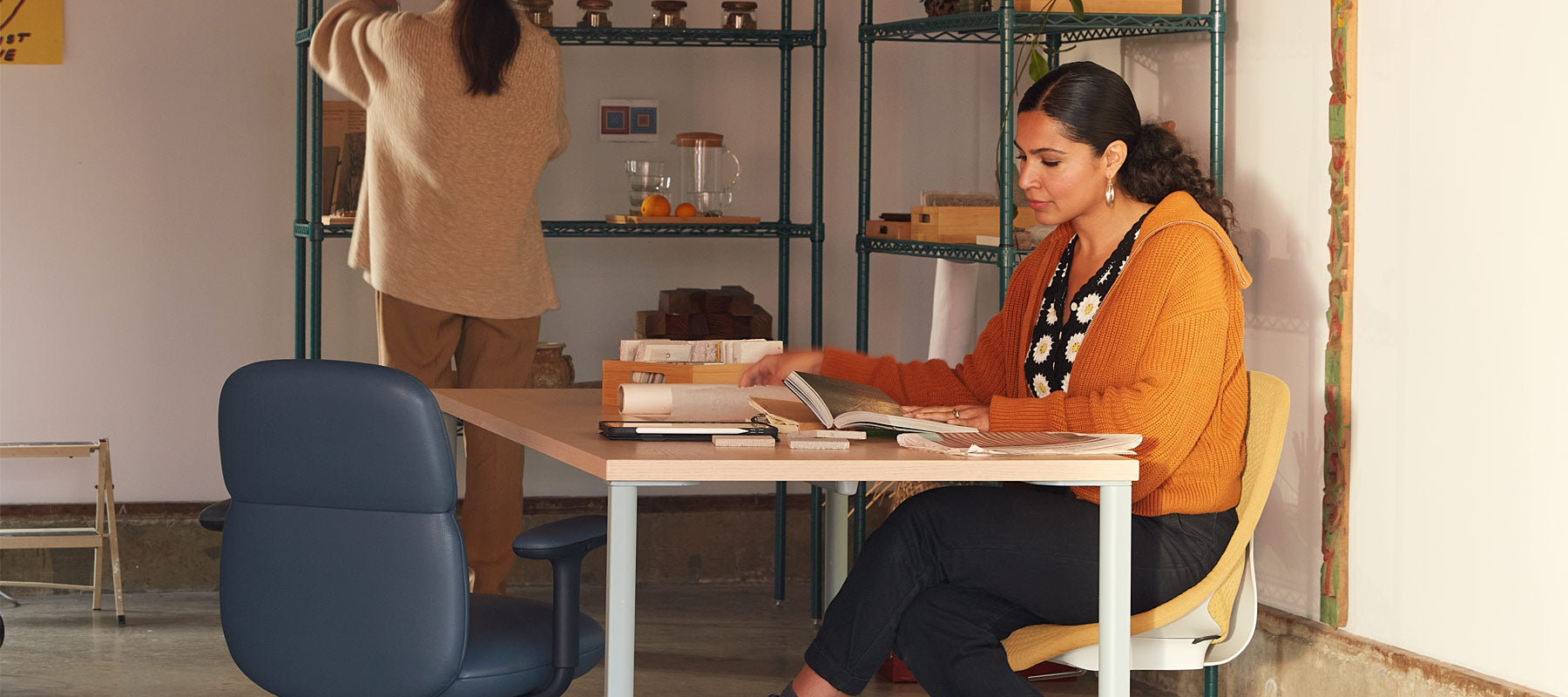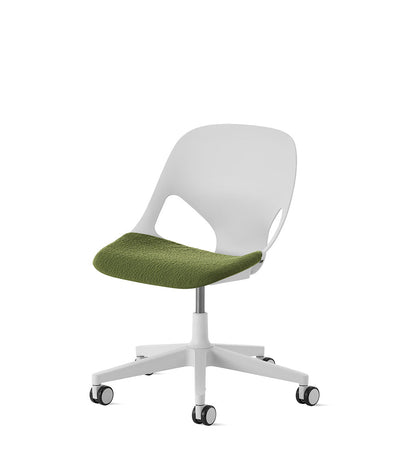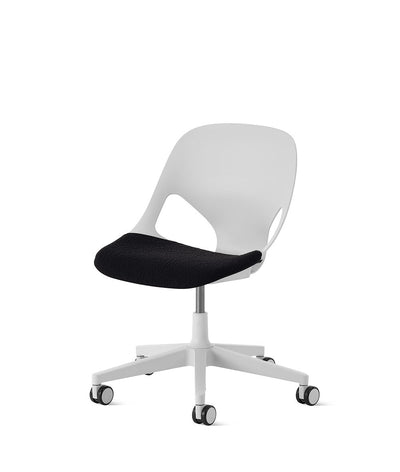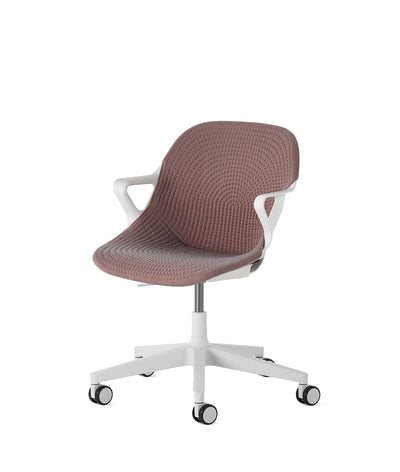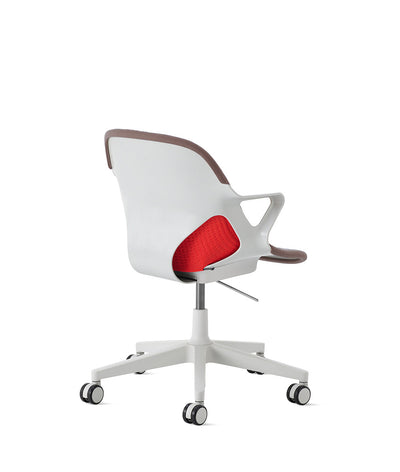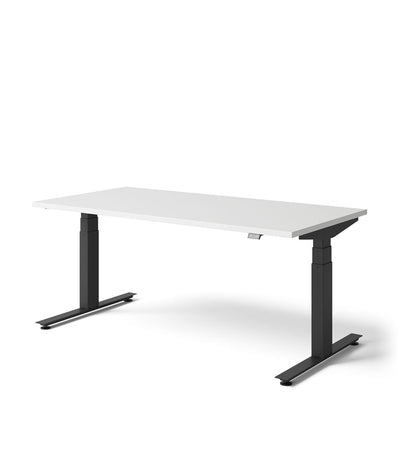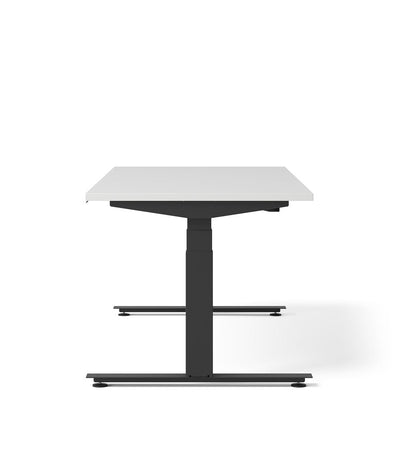Shifting landscape
Anooshey Rahim's backyard in El Cerrito, California, looks east toward the San Francisco Bay. She talks about the brick patio she designed and its storied materiality: “You can pull the thread back to so many uses throughout history.
"The landscape architect gave classic earth-red bricks subtle patterning with darker diamonds to make them “feel like a textile,” she says. “I came up with that by looking at the shadows on the ground under this tree. I wanted to recreate the shadows in the brick.”
The patio leads into a studio on the ground floor of the house which she shares with her partner, artist Graham Laird Prentice. Rahim studied architecture and landscape architecture at the University of Pennsylvania—she learned the physics of construction (“it helps when you’re designing pergolas or retaining walls”) but also began to bristle at the rigidity of buildings. “Architecture is so static,” she says. “Architects want to freeze time. But you have to design for change, for death.”
